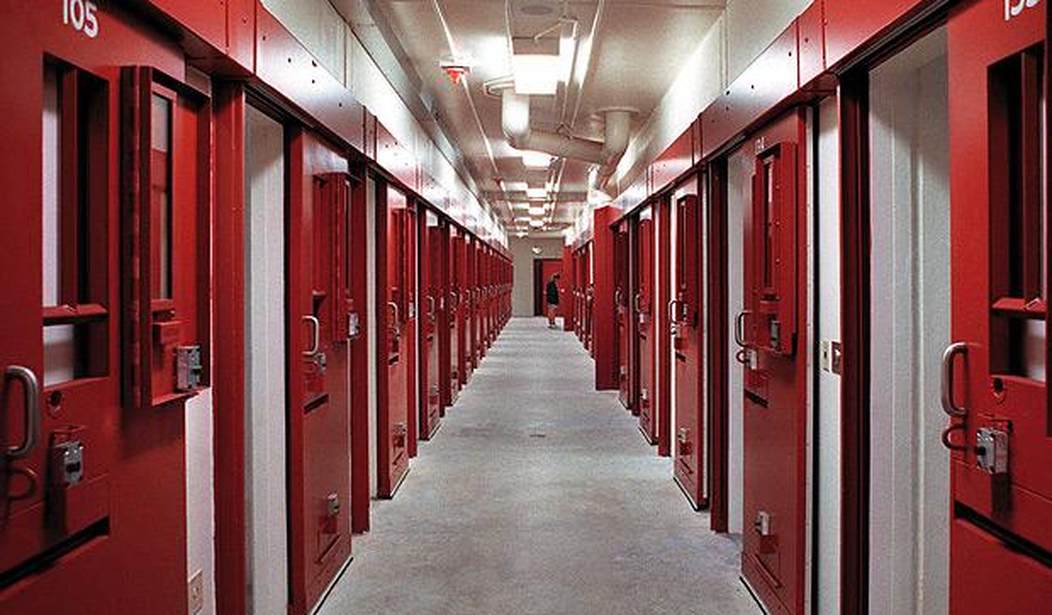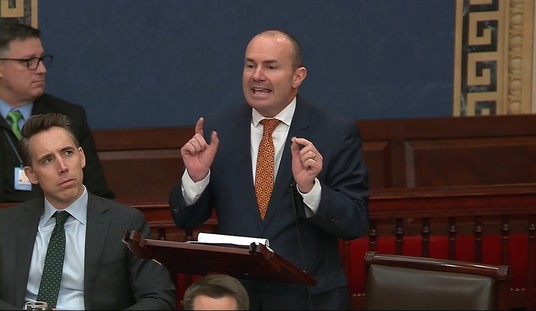Over a long period of time I’ve come to oppose the death penalty in principle. Not only is this based on my Catholic faith:
Assuming that the guilty party’s identity and responsibility have been fully determined, the traditional teaching of the Church does not exclude recourse to the death penalty, if this is the only possible way of effectively defending human lives against the unjust aggressor.
If, however, non-lethal means are sufficient to defend and protect people’s safety from the aggressor, authority will limit itself to such means, as these are more in keeping with the concrete conditions of the common good and more in conformity to the dignity of the human person.
Today, in fact, as a consequence of the possibilities which the state has for effectively preventing crime, by rendering one who has committed an offense incapable of doing harm – without definitely taking away from him the possibility of redeeming himself – the cases in which the execution of the offender is an absolute necessity “are very rare, if not practically nonexistent.”
But on my observation, thankfully as a disinterested observer, of how the criminal justice system operates (to quote lawyer-turned-novelist Robert Tanenbaum, “it isn’t justice and it isn’t a system, but it is criminal) it is apparent that in most, if not all, prosecutors’ offices the won-lost record is much more important than objectively prosecuting the right person. As we saw in the Trayvon Martin case, an unprincipled prosecutor has enormous power to ruthlessly punish the innocent in order to advance their own career. With monotonous regularity condemned inmates are exonerated. Though the punishment and deterrence of malefactors is critical to society, when in doubt, society should err on the side of not killing and not imprisoning.
That said, the exception to me has always been when an inmate serving life, or effectively life, without parole murders another inmate or a corrections officer. What alternative is available to society? Sentence the felon to double-super-special-life? Without the death penalty, murder becomes commonplace because it is impossible to deter or even punish a felon who is serving life without parole. Because of this I’ve found myself with a certain level of cognitive dissonance and find myself parsing my Catechism and focusing on the “if” that begins the second paragraph rather than on the clear intent of the whole.
At one time, the answer seemed to be simple. If you take prisoners who present an ongoing threat to other inmates and to prison staff and isolate them then you have eliminated the problem. In 1983, the Federal Bureau of Prisons opened the first “super max” prison at Marion, IL where prisoners were kept in solitary confinement for nearly 23 hours per day. Since then, according to the Washington Post, over 60 similar prisons have been commissioned. The most famous being the Federal supermax at Florence, CO (see the list of famous inmates here) and the California supermax at Pelican’s Bay which is the destination of a substantial number of California gang member.
But the same forces that combined to make the death penalty a rare occurrence now have set their sights on solitary confinement. The UN Special Rapporteur on Torture has recommended that solitary confinement not exceed fifteen days.
Recently, the Washington Post published an op-ed opposing solitary confinement [For Herman Wallace, solitary confinement amounted to a death sentence]:
When Herman Wallace died Oct. 4 at age 71, he had been a free man for about 2½ days. Before that, he spent 41 years in solitary confinement in the Louisiana State Penitentiary in Angola. Forty-one years. The U.N. Special Rapporteur on Torture has concluded that, because of the mental suffering it inflicts, solitary confinement imposed as punishment for even 15 days can constitute torture or cruel, inhuman or degrading treatment. Yet for 41 years, Wallace was confined to a 6-by-9-foot cell for 23 hours a day. The prison allowed him out for one hour each day, to walk or exercise on his own. For most of his life, Wallace was deprived of any daily human contact other than with prison guards. His 68-year-old co-defendant, Albert Woodfox, placed in solitary confinement at the same time, remains there to this day
Bad facts make bad cases, and it is hard to read this story in a way that doesn’t cry out for justice.
The Washington Post has editorialized against solitary confinement [Solitary confinement: cruel but not unusual]:
Even though the Supreme Court came close to declaring solitary confinement unconstitutional in 1890, the disquieting truth is that the United States has more inmates locked away in isolation than any other democratic nation, with an estimated 25,000 in so-called “supermax” prisons in 44 states and as many as 80,000 in other types of segregated facilities nationwide. As in California, the punishment is often billed as a means of addressing safety concerns within the prison, but there’s no evidence that it does anything other than unravel the minds of prisoners and push them beyond the reach of rehabilitation.
Roughly half of prison suicides occur in solitary confinement. In California, 42 percent of prison suicides between 2006 and 2010 occurred in such segregation, even though prisoners kept in isolation account for only 2 percent of the state’s inmate population. Last weekend, another California prisoner died in solitary confinement. Prison officials dispute that his death had anything to do with the hunger strike, citing suicide instead. Either explanation underscores the urgency of the issue.
George Will, when he’s not campaigning against Ken Cuccinelli in the Virginia gubernatorial contest, has also come out against solitary confinement [When solitude is torture]:
Supermax prisons isolate inmates from social contact. Often prisoners are in their cells, sometimes smaller than 8 by 12 feet, 23 hours a day, released only for a shower or exercise in a small fenced-in outdoor space. Isolation changes the way the brain works, often making individuals more impulsive, less able to control themselves. The mental pain of solitary confinement is crippling: Brain studies reveal durable impairments and abnormalities in individuals denied social interaction. Plainly put, prisoners often lose their minds.
The first supermax began functioning in Marion, Ill., in 1983. By the beginning of this century there were more than 60 around the nation, and solitary-confinement facilities were in most maximum-security prisons. In an article (“Hellhole”) in the March 30, 2009, issue of the New Yorker, Atul Gawande, a surgeon who writes on public health issues, noted, “One of the paradoxes of solitary confinement is that, as starved as people become for companionship, the experience typically leaves them unfit for social interaction.” And those who are most incapacitated by solitary confinement are forced to remain in it because they have been rendered unfit for “the highly social world of mainline prison or free society.”
Last year, the New York Times reported that of the prisoners sent to solitary confinement in California’s Pelican Bay prison because of gang affiliation, “248 have been there for 5 to 10 years; 218 for 10 to 20 years; and 90 for 20 years or more.”
The situation cries out for reform. As I scrolled down the list of famous prisoners at Florence, CO, I was struck by the number of the famous ones who seem to be serving time in solitary not because they present any security risk but because they have been singled out for extra punishment. Do we really want a federal agency deciding on an administrative basis which prisoners can be imprisoned in solitary confinement for no reason other than the notoriety of their offense? Is there any rational reason for keeping a non-violent inmate in solitary for a period of decades? Are there really 25,000 people in prison who are so dangerous to other prisoners or to staff that they need to be kept in solitary at great expense? Even if you don’t believe prison is a place for rehabilitation (count me among that number) is it good social policy to confine a man for three, five, ten years in solitary based on an alleged gang connection and then release him back into society not only still with a gang connection but — as my old man would have called it – “tetched” as well?
To a great extent this kind of endemic abuse is similar to the common practice of using SWAT teams serve search warrants. It is government unrestrained by accountability. It is government which has forgotten it is a servant of a free people not a ruler. If solitary confinement is to be imposed– and again I will say that I think it has a critical function in keeping penal facilities manageable — it seems to me that that imposition should not be entrusted to bureaucrats.
If this situation is left unchanged it is a matter of time that the courts find solitary confinement unconstitutional and then we will have an unmanageable prison system where it is impossible to deter or punish murder by either solitary confinement or capital punishment.
















Join the conversation as a VIP Member